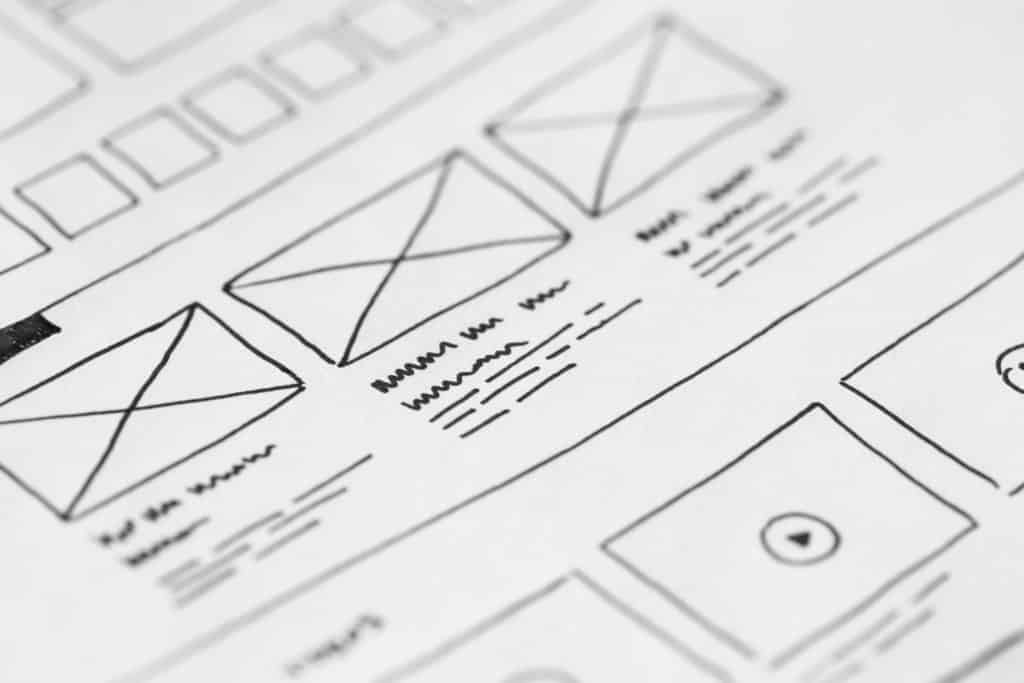 How Does my Current Site Perform?
How Does my Current Site Perform?
A lot of businesses jump into a new site design without realising that their current site isn’t doing a bad job, it just needs an update. The first question to ask yourself relates to whether users are currently converting on the site. If users are converting you may want to increase this. However, the most important thing to note is how users are currently converting. Make sure you fully understand how and why so this can be transferred into the new design.
Other key things to think about before site design is behavioural flows, bounce rate, average page views and time on site. These are all readily available in Google analytics. You also want to know how users interact with your site. What do they click on? do they read the entire page or just some of it? and do they lose interest? This can all be found through heatmaps and video analysis.
If you’ve done all of this and you find over 70% of people bounce or most visitors exit on a certain page it is time to start thinking about a redesign.
Why Exactly Am I Updating my Site?
Take your time to answer this- why am I updating my site? Is it because you don’t like the look of it? you think it’s not as good as the competitors? Or is the company is going through a rebrand? These alone are not a reason for a site redesign, these are reason for an update.
While reasons for a site redesign might include users aren’t finding the information they want, conversion rate is very low or the site has a slow load time.
Knowing why you are updating your site is vital to success, more often than not a site redesign is unnecessary as there are only a few problematic pages.
What Are We Losing from the Old Site & Why?
This happens over and over without site owners and website designers thinking through the consequences.
When you delete content, it’s gone. So too is the traffic it bought and any conversions it generated.
This is often the case with blogs or deep pages which are serving a particular niche attracting huge amounts of highly valuable reads each month. Designers remove these pages to declutter the site or else make the build cheaper for you.
If your site needs to be decluttered, there are alternative ways of doing this. An analysis of the pages that are performing well will help you gain insight into what can be removed and what can’t be removed.
What Are We Adding to the New Site & Why?
Likewise, some designers may suggest adding pages and if they do it’s generally a good sign. A web designer won’t add more work to their project unless they think it is going to really add value. You want to make sure that anything being added helps get you closer to your goal.
Sometimes though a designer will let you take charge of the design and this is not a good scenario. You’ve hired them for their expert knowledge on what works and doesn’t work and if you are calling the shots then the design often more than likely won’t work.
Will It Help Users Complete A Goal?
Consider if it will help increase traffic and key performance indicators. The designer should be able to back up their methodologies and prove their designs will create more leads before the new site goes live.
Can I Prove my New Site Will Increase Leads?
Before you launch your new site, you need to be able to prove that the redesign will convert users.
Design isn’t opinionated, its science based. You can’t expect your designer to back up all the changes as this will kill the budget in most cases but the if they can back up the main changes with research or their own findings in the past then you can trust them on the other changes.
Do some of your own research, there are plenty of design sites indexed on Google that will help you learn more about the design choices and their likely effect.
Who Have I Consulted?
It’s important to note who you should consult before you start your design. Get them all involved at the start.
CRO Specialist – Will review your site and make science leads suggestions as to how you can increase your conversions or your users’ goals.
SEO Specialist – The SEO specialist will review the current site structure and make suggestions as to how you can improve search performance.
Designer – The designer will visualise the suggested changes and tie them together with the current site / or an entirely new site.
Developer – The developer, ideally someone your designer has worked with before should be able to advise on different formatting options and animations to make the recommendations.
As in any design process, the changes should be analysed over and over to improve performance and the SEO & CRO specialist will make suggestions and implement changes to help expand on your goals.
What Exactly Do I Need?
Reading through this article should help you put together a better picture of the need for a strategy to your web redesign. If you are starting out from scratch, then you may not need a team of people but the more people involved the better. Quite often an SEO or CRO specialist will meet you to give you some tips for free if you are starting off.
Before getting started checklist:
- You need to understand if you need a site redesign or an update
- You need to know your goals / purpose
- You need time to find the right people
- You need time to listen to your team

 How Does my Current Site Perform?
How Does my Current Site Perform?

